The Importance of a Comfortable Rabbit Bed for Your Furry Friend
Discover how a comfortable rabbit bed boosts your pet's health, ensuring better sleep and reducing stress. A must-read for bunny owners.
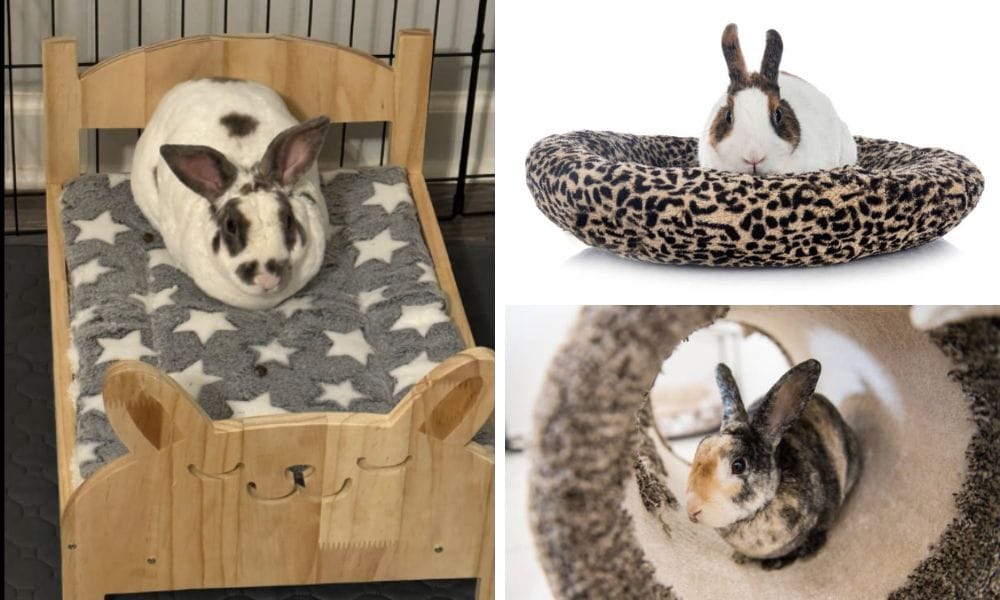
A proper bed for your rabbit is not just about comfort; it's about health. Rabbits that sleep on hard surfaces may develop sores or calluses on their hocks, a condition known as "sore hocks." A soft, padded bed helps prevent this painful condition, ensuring that your bunny remains healthy and mobile.
Choosing the Right Bed for Your Rabbit
When selecting a bed for your rabbit, consider the size and material. The bed should be spacious enough for your rabbit to stretch out comfortably but cozy enough to provide a sense of security. Materials like soft fleece or cotton are ideal because they are gentle on your rabbit's feet and can be easily washed.
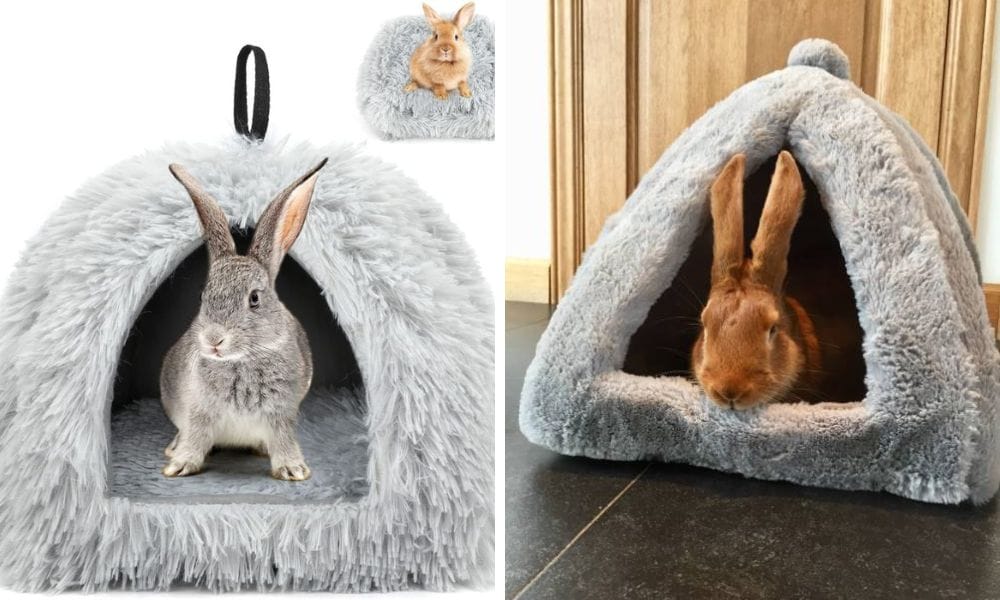
The Role of Bedding Material
The choice of bedding material inside the rabbit bed is equally important. Materials like hay, shredded paper, or soft towels can make the bed more comfortable. Avoid using materials that can cause respiratory issues or are harmful if ingested, such as cedar or pine shavings.
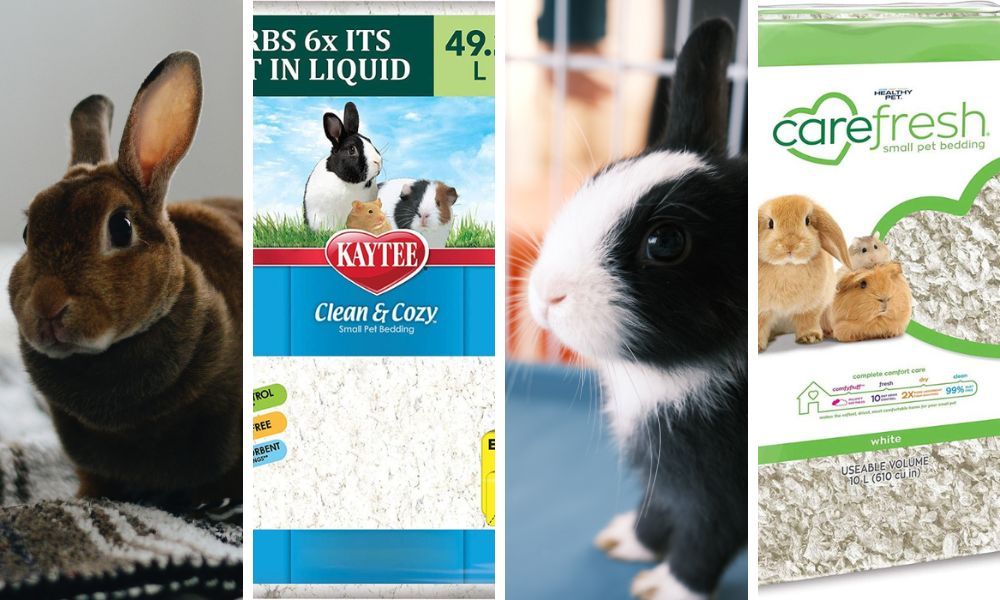
Location Matters
The placement of your rabbit's bed within their enclosure is vital. It should be placed in a quiet, sheltered area away from direct sunlight and drafts. This location helps create a restful environment for your bunny to sleep undisturbed.
The Impact of Seasonal Changes on Rabbit Bedding
As the seasons change, so do the needs of your rabbit when it comes to bedding. During the colder months, ensuring that your rabbit's bed is warm and cozy is crucial. Adding extra blankets or opting for a bed made from thicker, warmer fabric can make a big difference. Many pet owners find that materials like fleece or a soft towel added to the bunny bed provide the necessary warmth. It's also a good idea to check the bed's location to ensure it's away from drafts and cold floors, which can be particularly chilling during winter.
Conversely, in the warmer months, rabbits require a cooler environment to prevent overheating. This might mean switching to lighter bedding materials such as cotton or even removing some layers from the rabbit bed. Ensuring the bed is in a shaded area where air can circulate freely also helps keep your bunny comfortable. Some rabbit owners use a small, elevated bed frame to increase air flow underneath, which can significantly cool down the sleeping area. Always be mindful of the temperature and humidity levels, especially during extreme weather conditions, to keep your rabbit safe and comfortable.
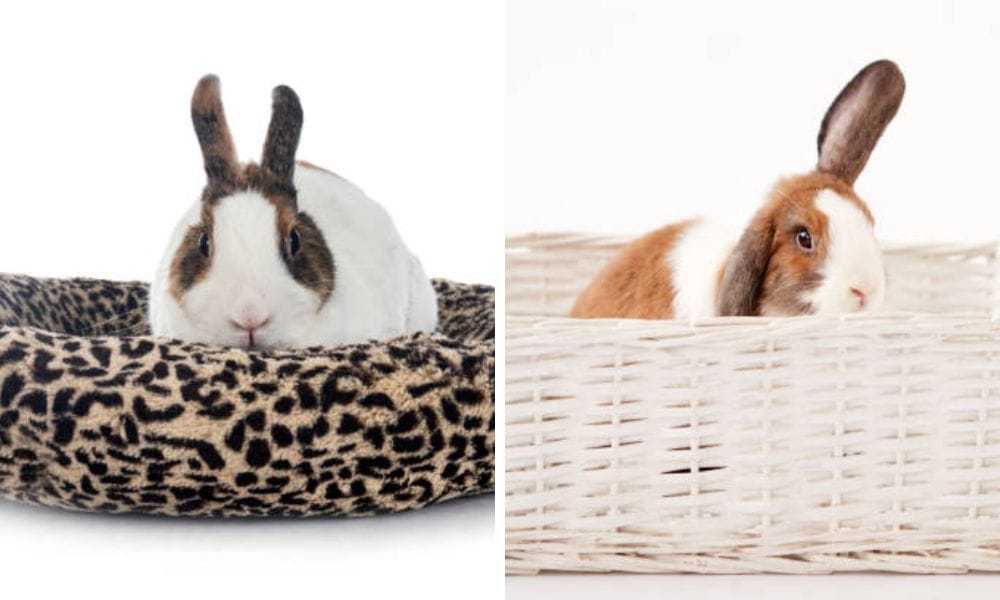
Adapting Rabbit Beds for Different Rabbit Sizes
When selecting a rabbit bed, it's crucial to consider the size of your bunny to ensure they have enough space to stretch, turn, and sleep comfortably. For smaller breeds like the mini lop, a cozy, smaller bed that mimics the snugness of a burrow is ideal. This can be achieved by using soft towels or a padded sleeping box that conforms to their petite size without overwhelming them. The bed frame should be low to the ground to prevent any injuries from hopping in and out.
For larger breeds, ensure the bed is sufficiently spacious to accommodate their larger frame and movements. A bigger bed frame with durable fabric can offer the necessary support and comfort. It's important to check that the materials used are safe and non-toxic, as larger rabbits tend to chew more. A sturdy cardboard box lined with a soft old towel can serve as an economical yet comfortable option. Always ensure the bed is placed in a protected area of the cage to keep your big buns safe and comfortable.
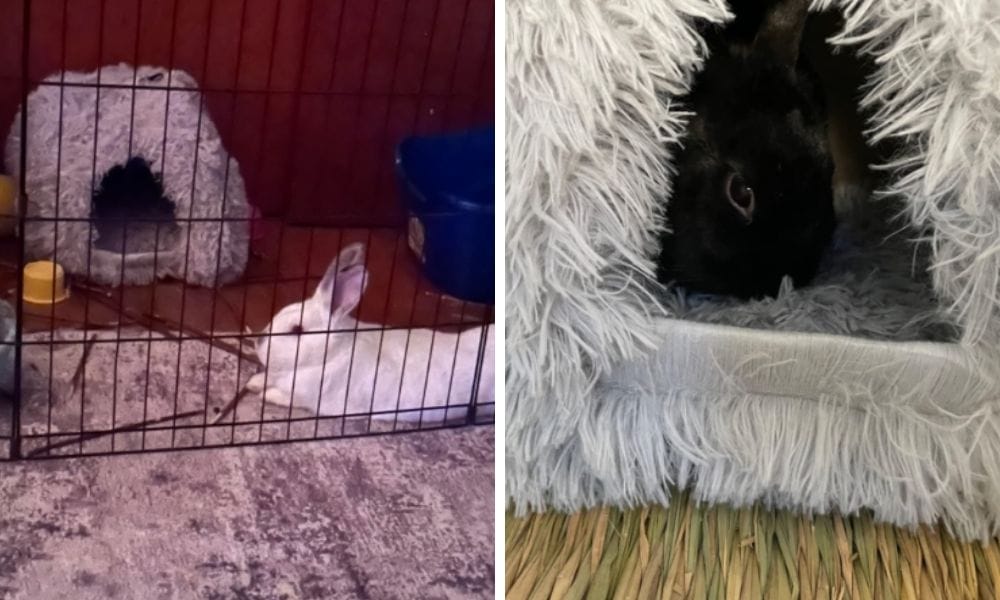
Customizing Rabbit Beds for Maximum Comfort
Creating a customized bed for your rabbit can be both a fun and rewarding project. Start by considering the specific preferences of your rabbit; some may prefer a high-sided bed for security, while others might enjoy an open, easily accessible bed. You can use simple materials like cardboard boxes, old towels, and soft blankets to construct a basic frame. Adding layers of hay or a soft shirt can enhance the comfort level and make the bed more inviting.
For a more durable solution, consider using wood to build a small bed frame. Be careful to sand down any rough edges to prevent injuries and avoid treated wood that could be harmful if chewed. Cover the wood frame with a thick, washable towel or a piece of warm fabric that can be easily removed and cleaned. This not only keeps the bed hygienic but also allows you to switch up the bedding material depending on the season, ensuring your rabbit stays warm in winter and cool in summer.
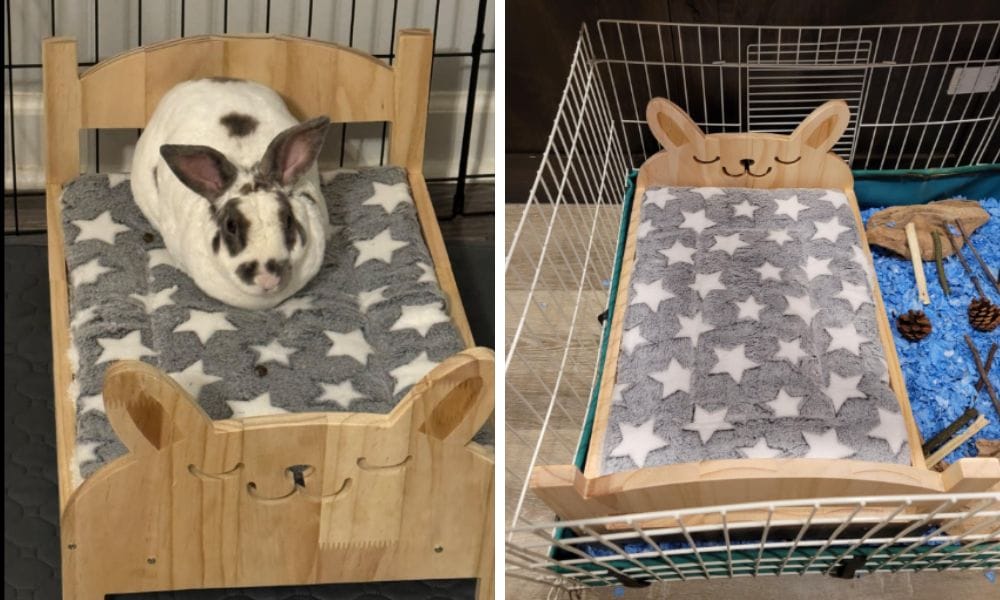
Creative and Cost-Effective Rabbit Bed Solutions
For rabbit owners on a budget or those who enjoy DIY projects, creating a custom rabbit bed can be both fun and cost-effective. A simple and popular option is repurposing a cardboard box into a cozy sleeping box. By lining it with soft towels and perhaps a bit of hay for nibbling, you can create a comfortable and safe space for your rabbit. Ensure the cardboard is free from any staples or harmful substances, and consider reinforcing the sides to make it more durable against bunny nibbles.
Another creative idea involves using old clothing to craft a unique bed. An old sweatshirt or a soft shirt can be transformed into a bunny bed by stuffing the arms and tying them off to form a soft, enclosed space. This not only recycles materials you already have but also provides a scent that is familiar to your rabbit, making them feel more secure and loved. Always be careful with the materials you choose, avoiding anything that could unravel or be harmful if chewed. With a little creativity and careful selection, you can provide a perfect, cost-effective bed that your rabbit will enjoy.
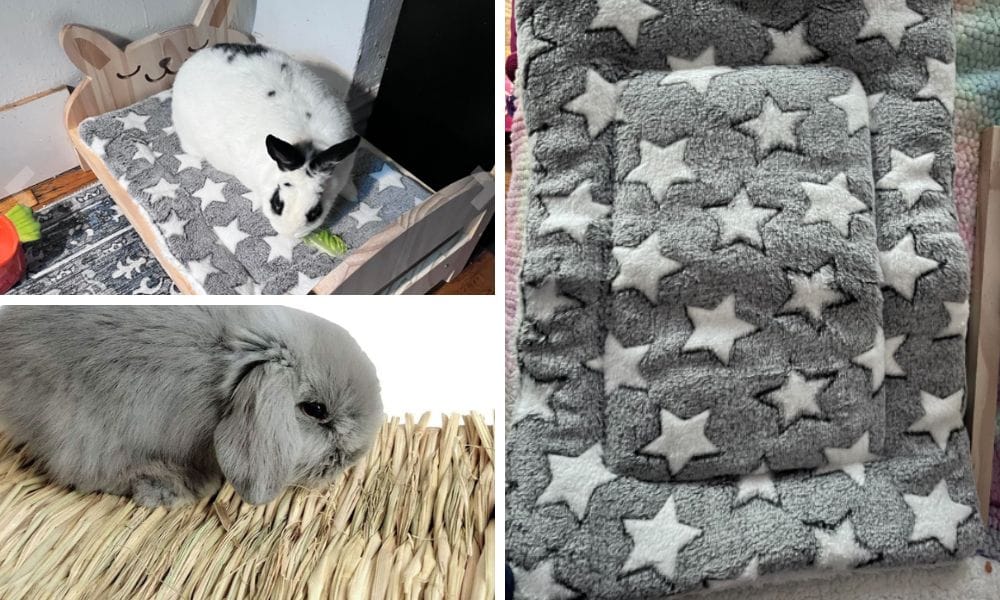
DIY Rabbit Bed Ideas
Creating a DIY rabbit bed can be a fun and cost-effective project. Simple items like a cardboard box lined with soft blankets or an old towel can be transformed into a cozy retreat. Ensure that any DIY bed is safe and free from objects that rabbits could chew and swallow.
Commercial Rabbit Beds
For those who prefer ready-made solutions, commercial rabbit beds come in various shapes and sizes. Some are designed like small sofas or hammocks, adding a cute touch to your rabbit’s enclosure while providing the comfort they need.

Cleaning and Maintenance
Regular cleaning of the rabbit bed is essential to prevent the buildup of bacteria and odors. Washable beds or removable covers are practical choices as they can be easily thrown into the washing machine. Keeping the bed clean helps prevent health issues related to unhygienic sleeping conditions.
Observing Your Rabbit's Preferences
Each rabbit has its own personality and preferences. Some might prefer a bed with high sides for more privacy, while others might enjoy a more open sleeping arrangement. Observing your rabbit's behavior will help you understand what type of bed they prefer and ensure they use it regularly.
When to Replace the Rabbit Bed
Over time, the rabbit bed may wear out and become less comfortable or hygienic. Regularly inspect the bed for signs of wear and tear, such as holes or thinning material, and replace it when necessary to ensure that your rabbit always has a comfy spot to rest.
Summary
Providing a comfortable bed for your rabbit is essential for their health and happiness. It supports their physical well-being, aligns with their natural sleeping habits, and offers a safe space for relaxation. By choosing the right bed, maintaining it properly, and observing your rabbit's preferences, you can enhance your furry friend's quality of life significantly.
FAQ
Q1: How often should I clean my rabbit's bed? A1: It's best to clean your rabbit's bed at least once a week or more frequently if it becomes soiled. Use gentle, non-toxic detergents to avoid irritating your bunny's skin.
Q2: What are the signs that my rabbit likes their bed? A2: Signs that your rabbit enjoys their bed include spending a lot of time lounging in it, choosing to sleep there regularly, and appearing relaxed and comfortable.
Q3: Can I use regular pillows for my rabbit's bed? A3: It's not recommended to use regular pillows because they might contain materials that are unsafe if chewed or ingested by rabbits. Opt for materials that are safe and intended for pet use.

